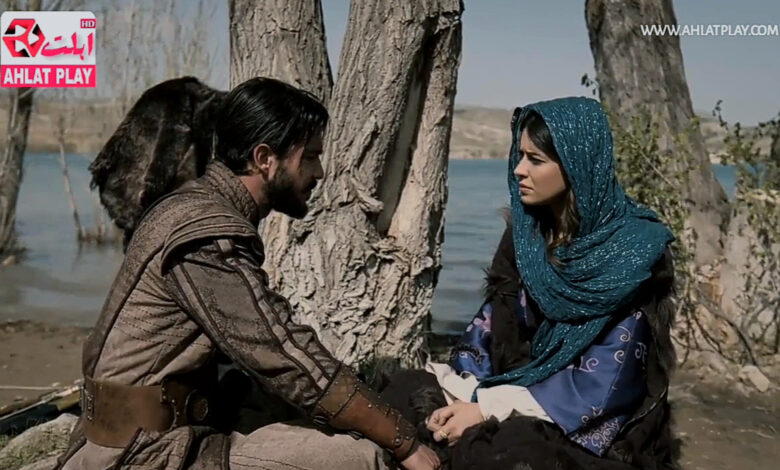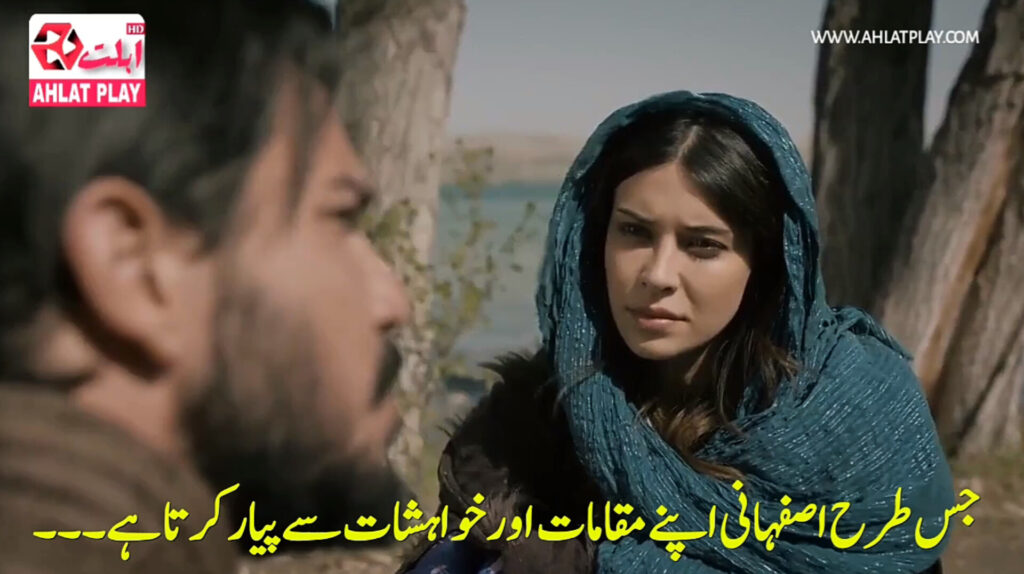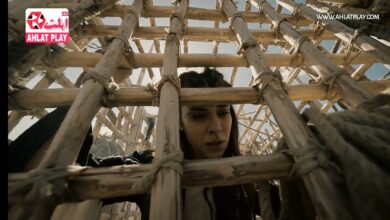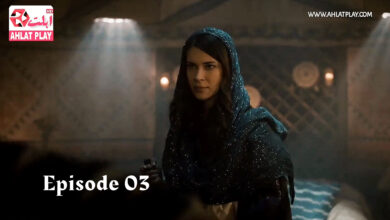Mevlana Celaladdin Rumi Season 3 Episode 4 With Urdu Subtitles

Mevlana Celaladdin Rumi Season 3 Episode 4: A Deep Dive into Key Themes and Characters
In the fascinating world of Mevlana Celaladdin Rumi, Season 3, Episode 4, viewers are immersed in a complex web of relationships, power dynamics, and spiritual lessons. The show intricately weaves together historical events, philosophical teachings, and moments of intense emotional drama. In this article, we will explore the central themes and key moments of this episode, focusing on characters like Gülru Hatun, the symbolic presence of snakes, the game of Isfahani, and the profound meeting between Fatima and Bahauddin. With Urdu subtitles, the episode’s impact deepens as it brings forward significant insights into the storylines.
Gülru Hatun and Her Legacy
One of the central characters in this episode is Gülru Hatun, whose role in the broader narrative is both powerful and subtle. Gülru, a woman of intellect, strength, and influence, plays a pivotal part in the unfolding drama. Her legacy is explored through her interactions with other characters and the decisions she makes. A key aspect of Gülru’s legacy is the way she balances power with compassion, something that sets her apart from other figures in the story.
Her character, though often underappreciated, is the backbone of the episode’s plot, showing how women in history were often the silent architects of change. Gülru’s choices and actions reverberate throughout the episode, leaving behind a lasting impression on those around her. She is a symbol of how personal sacrifices can shape the course of history and leave behind an indelible mark on future generations.
The Snakes and Their Rules on People
Throughout the episode, the symbolism of snakes is employed as a powerful metaphor. Snakes, in many cultures, represent transformation, danger, and hidden knowledge. However, in the context of this episode, the snakes can be interpreted as a manifestation of the forces that govern human behavior, both for good and ill. The snakes’ “rules” on people suggest that these forces—whether societal, personal, or spiritual—can constrain individuals in ways that are difficult to escape.
The snake metaphor also aligns with Rumi’s philosophy of self-realization. Just as a snake sheds its skin to grow, individuals must break free from the rules that bind them to evolve. However, the episode portrays how these “rules” can often lead to destruction and chaos. The tension between freedom and restraint becomes a central theme in this segment of the show. Characters struggle with their own limitations, and the snakes become symbolic of those barriers that keep them from achieving their true potential.

Isfahani: Bitten by a Snake
The episode takes a dramatic turn when Isfahani, a key character, is bitten by a snake. This moment is both literal and metaphorical. On the surface, it is a physical event that introduces a sense of peril. However, the snake bite also represents the inner turmoil that Isfahani faces. Isfahani’s life is defined by a constant struggle between external influences and personal desires. The snake bite, in this context, signifies the consequences of his choices.
Isfahani’s reaction to the bite and the aftermath becomes crucial in understanding his journey. The wound serves as a catalyst for a deeper transformation. In Rumi’s teachings, pain and suffering are often necessary for spiritual awakening. Isfahani’s experience mirrors the idea that we must endure hardships to break through our personal limitations. His character arc will likely unfold in the following episodes, but this snake bite symbolizes a turning point in his life.
The Game of Isfahani
The “game of Isfahani” is another significant motif in this episode. It is a metaphor for the struggle of control, power, and manipulation that occurs in the world around the characters. Isfahani’s involvement in the game highlights his ability to play the system for his own benefit. However, the game also has deeper connotations, reflecting the philosophical struggle between fate and free will.
Isfahani, as a participant in the game, must navigate complex social and political dynamics. He must determine how much control he can exert over his environment and how much he is subject to the external forces around him. Rumi’s teachings on free will and divine providence seem to align with this aspect of the game, suggesting that while we may think we are playing the game of life, there are greater forces at work that ultimately determine the outcome.
The game itself becomes a microcosm for the larger themes of destiny, choice, and the human condition. For Isfahani, the game will undoubtedly prove to be a test of character, and the consequences of his decisions will unfold over time.
Fatima and Bahauddin: A Meeting of Souls
One of the most poignant moments in Mevlana Celaladdin Rumi Season 3, Episode 4, is the meeting between Fatima and Bahauddin. Their encounter is laden with spiritual significance, as both characters represent different aspects of the divine journey. Fatima, who has long been a part of the mystical circle, encounters Bahauddin, a character whose wisdom and presence offer deep insights into the nature of the soul and its connection to the Divine.
The meeting between Fatima and Bahauddin is marked by a sense of profound recognition, as if their souls are meeting after lifetimes of separation. This moment reflects the deep spiritual connection that Rumi often speaks about—how certain individuals are drawn together by a higher force, guided by a shared divine purpose. The conversation between Fatima and Bahauddin is not just a meeting of minds, but a meeting of souls, symbolizing the interconnectedness of all beings.
For Fatima, this encounter with Bahauddin signifies a turning point in her personal journey. It is a reminder that spiritual growth often requires us to seek out others who can guide us or show us the way. For Bahauddin, the meeting represents the fulfillment of his own spiritual mission, as he helps others along their journey toward enlightenment.
Conclusion: The Mystical Journey Unfolds
Mevlana Celaladdin Rumi Season 3, Episode 4, encapsulates the very essence of Rumi’s philosophy—struggle, transformation, and the pursuit of spiritual truth. Through characters like Gülru Hatun, Isfahani, Fatima, and Bahauddin, the episode explores themes of legacy, inner conflict, and divine connection. The symbolism of snakes, the game of Isfahani, and the meeting between Fatima and Bahauddin all serve as metaphors for the deeper truths that Rumi sought to illuminate through his poetry and teachings.
This episode, like Rumi’s own work, invites viewers to reflect on their own journeys. The snake bite, the rules that govern people, and the spiritual encounters all remind us that life is a journey of continuous transformation. Just as Isfahani must confront his own limitations, and as Fatima and Bahauddin come together in spiritual harmony, so too must we all face our own struggles and seek out the divine truths that will guide us to a higher understanding of ourselves and the world around us.
With the depth and complexity of these themes, Mevlana Celaladdin Rumi continues to offer a profound meditation on life, spirituality, and the human condition. The inclusion of Urdu subtitles in this episode enhances the experience, allowing a broader audience to connect with the timeless wisdom of Rumi’s teachings and the rich narrative of the series.



